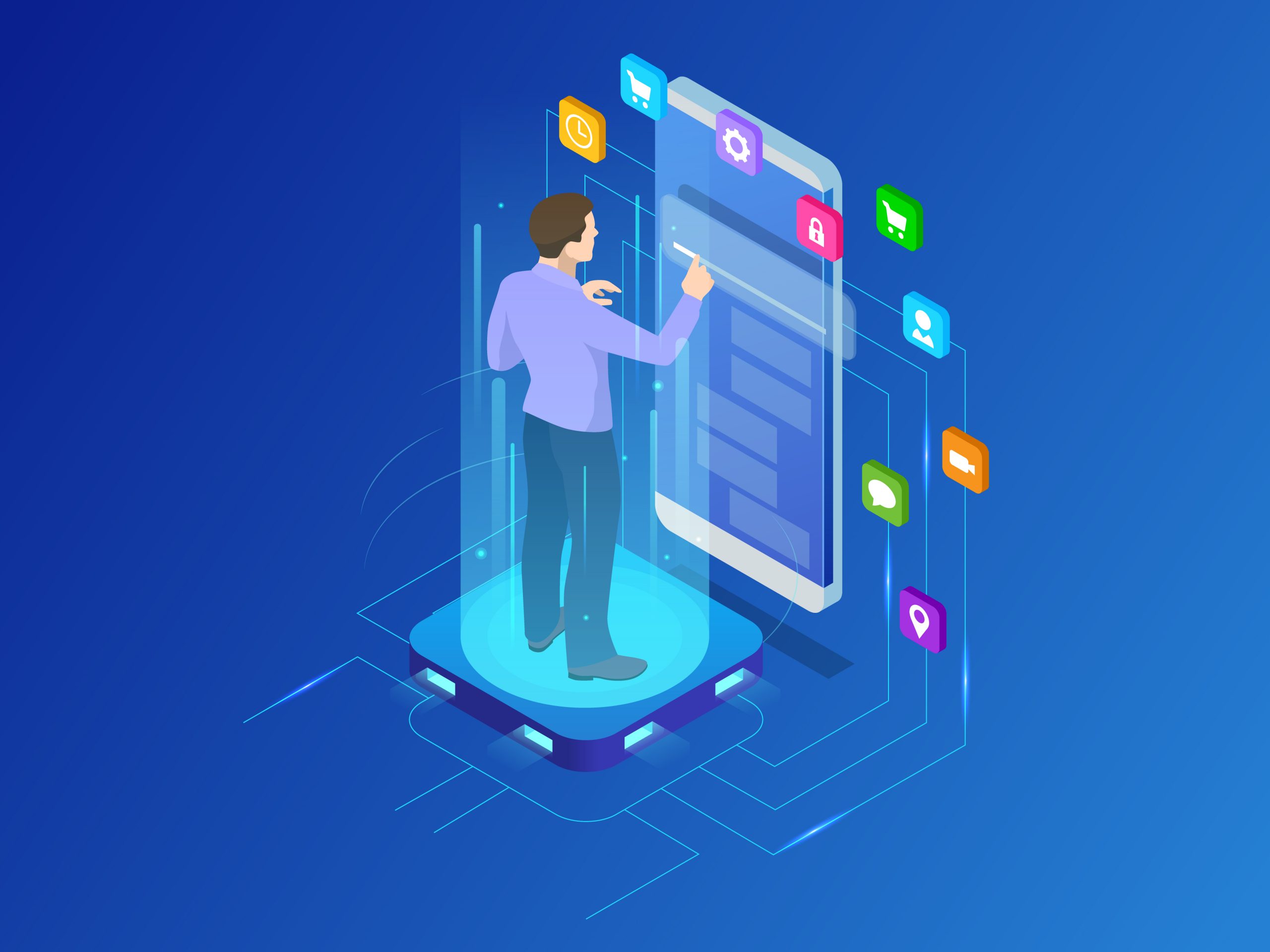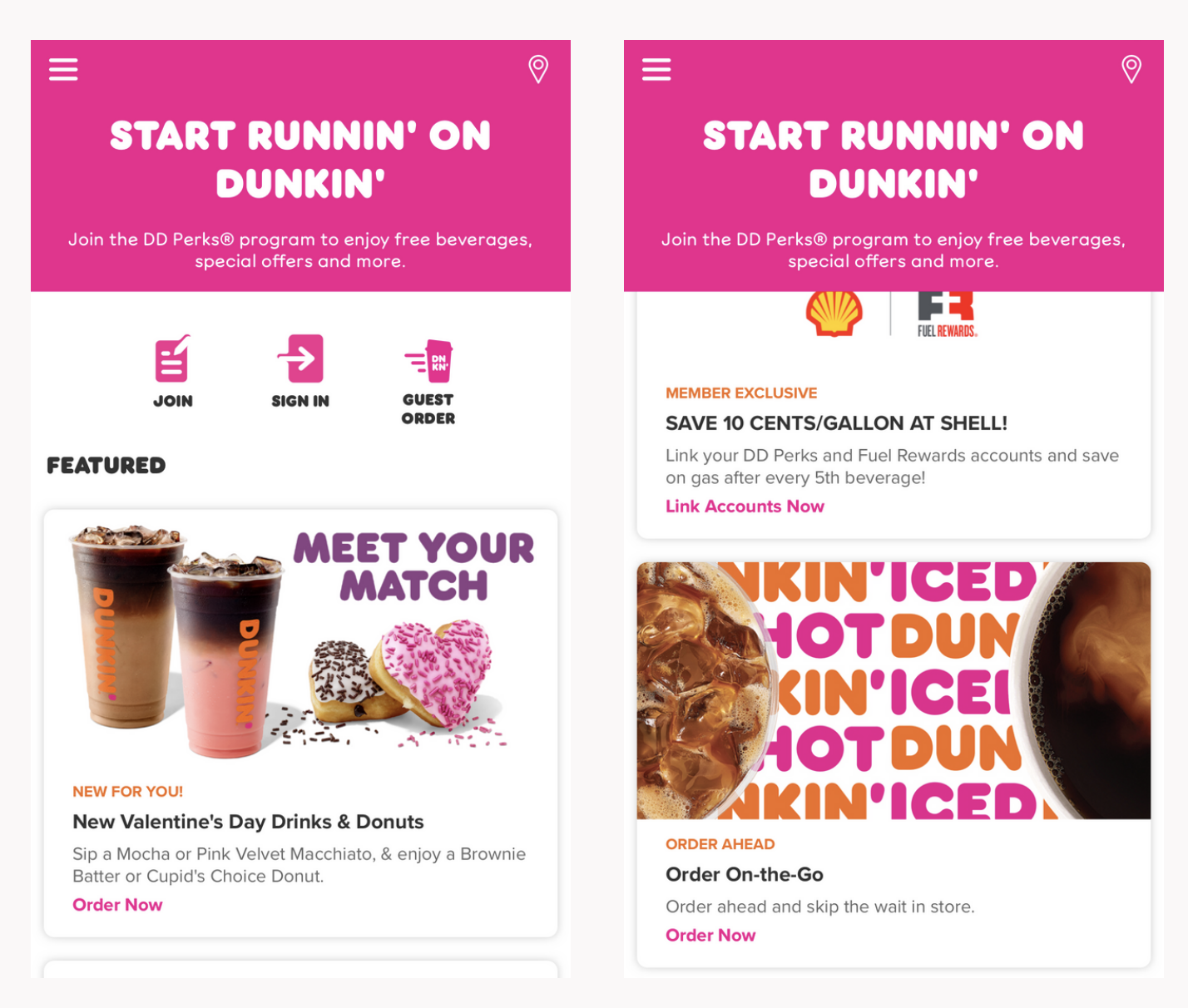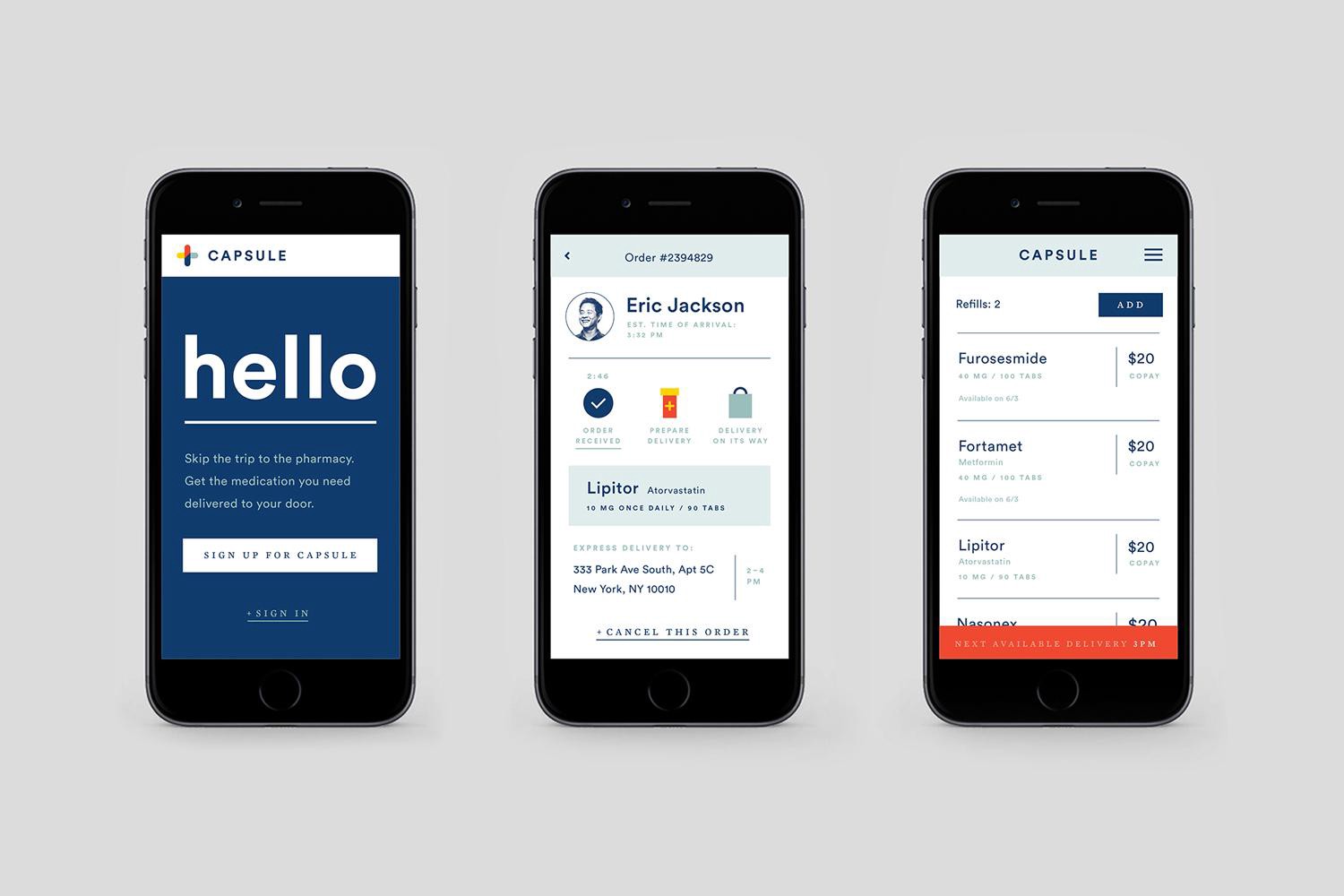5 Great Examples of UX Design in 2023

In this article
The rapid digitization and changed habits forced upon us by 2020 have laid out the map for innovation in UX design in 2021. In the last year, millions of people have turned to technology to help maintain a sense of normalcy. Last March, as an example, Google Classroom saw an overnight increase in users of more than 70 million as businesses were forced to adapt to a work-from-home structure. And over the last twelve months, food delivery apps have more than doubled their revenue in Q2 and Q3 earnings. American consumers have also reported a 40% increase in online shopping and expressed their intent to maintain these habits even when shopping in person is less of a risk.
To accommodate for this rapidly changing physical reality, delivering outstanding digital user experiences became more important than ever for companies looking to convert and retain a dynamic user base.
Read on to learn more about five great examples of UX design that caught our eye.
1. Online food ordering: Dunkin’ Donuts
Food delivery and pre-ordering apps have boomed during the last twelve months and seen a massive increase in revenue—likely because the increased need for meal and grocery delivery propelled the industry forward and forced innovation. According to Bloomberg, Instacart, a company that was losing more than $25 million a month in 2019, had its first profitable month in April 2020, and soon after surpassed its goals. “Every day, we would see that the volume was 20% higher than the last day,” said Instacart CEO Apoorva Mehta. “In a matter of a couple of weeks…we were ahead of our 2022 goals. And so, at a certain point, we stopped counting.”
When developing UX Design for food apps, user-friendliness should be top of mind. Take for example Dunkin’, whose app is easy to understand and use. The design isn’t just tasteful, it’s functional and simple to navigate. Some specific examples include a welcoming home page—which immediately makes it clear how to place an order without too much text or scattered imagery. The text is clear and readable without being overwhelming, which minimizes user confusion and frustration, and the menu allows for intuitive navigation of the app.

A particularly effective feature is the use of imagery to display each specific type of coffee drink or food order—down to the whipped cream on a latte and the rainbow sprinkles on a donut. Overall, the user experience design of the Dunkin’ app makes ordering online an effective simulation of doing so in-person.
Get To Know Other Design Students
Yipeng Wang
UX Researcher at Google
Valena Del Valle
Junior Product Designer at The Hartford
Pete Bruno
Product UX Designer at Service Management Group
2. Self-driving cars: Waymo
Over the last year, autonomous vehicle testing in California decreased significantly, logging only 1.99 million miles on public roads. This decrease is due to lockdowns, which resulted in companies like Waymo—a leading AV operator—logging 56% fewer miles than the year previous for only 628,838 miles. Though Waymo had less road time, the company improved their disengagement rate, which measures “the frequency at which human safety drivers were forced to take control of their autonomous vehicles,” from 0.076 to 0.033. Additionally, the state of California recently awarded the company a permit to launch their ride-share service “Waymo One” which picks up passengers with self-driving cars.
When it comes to optimizing UX design for the success of the service, Ryan Powell, the head of UX research and design at Waymo, explains that building trust through technology is of the utmost importance.

In automated vehicles, there is no person in the car to establish a rapport and begin building trust, so UX design must bridge that gap. Powell explains that “rich interface display, clear affordances and voice feedback,” are the first steps to creating a trustworthy line of communication to increase user comfortability. Thus Waymo turns to create usability through transparency: and also leaning into emulating a “real-life” experience via technology as closely as possible. Users can see exactly what’s going on around them as they ride via a 360-degree view that includes other cars, cyclists, pedestrians, traffic lights, and road signs.
3. Medical services: Capsule Pharmacy
Capsule was launched by Eric Kinariwala, a former analyst at Bain Capital and Perry Capital, in 2016 after he experienced difficulty picking up medication from a local pharmacy. After looking into the medical industry, he discovered a historical lack of innovation and identified major pain points in communication with pharmacies for doctors, hospitals, insurance companies, and drug companies and set out to create a remedy that prioritized consumers’ needs. “Every interaction that we have with our customers, whether that’s in person with the messenger dropping off their medications… you should feel looked after and cared for and loved,” says Kinariwala, and his UX design reinforces this sentiment. Especially in the last year, when simple trips to the pharmacy felt like a major investment, Capsule provided relief to patients in need of extra care.

The UX design of Capsule is simple to use and anticipates user needs. Take for example cost and insurance coverage: after entering personal information, users can easily browse for prescriptions and the app will actually do the work of visibly comparing prices for you. The in-app messaging feature additionally helps ease communication and transparency, and its predictive features help to keep track of when users will need a refill.
4. Meditation apps: Headspace
Similar to focusing on medical health in 2020, mental health became the main focus of conversation and importance for many who found themselves searching for new ways to deal with their changing reality. The wellness industry generated $639 billion in 2020, with apps like Headspace becoming more popular and seeing an increase of 1.5 million downloads.

In addition to offering free memberships, Headspace leveraged UX design to help with growth. From the opening screen, a simple design allows you to sign up and explain what you need most out of the app by answering a series of questions. The result leaves each user feeling certain their app experience will be personalized and tailored to their specific needs. One of the specific ways Headspace is able to achieve this is by not simply offering high response rates and engaging content to its users, but incentivizing the experience of coming back time and time again via gamification. Gamification is an especially effective strategy when it comes to UX—by turning otherwise routine tasks into activities users can look forward to and play along with.

5. Social: Clubhouse
As we began working from home in 2020, cutting down travel and social engagements, and minimizing our time outside, people felt starved for connection. Enter: Clubhouse, a mobile-only, invite-only, networking app that allows users to host panels and discussions and chat with anyone from friends and coworkers to industry leaders and celebrities.
Aside from its exclusive allure, Clubhouse’s UX design sets the app up for success. According to Fast Company, “Clubhouse combines the structure of old-school text chatrooms with the immediacy and emotion of the human voice.”

The UX design promotes a sense of intimacy and fills the user’s need for connection, two key elements we are starved of when working and living from home.
Designing for the Big Picture
As a UX designer, keeping up with ever-evolving user needs can seem daunting. When companies have to navigate their goals and KPIs throughout unpredictable times, it’s important to retain your laser-focus as a designer on the things you can solve for: specific user pain points.
András Rung, the CEO of leading UI/UX design agency Ergomania, hosted a webinar to explore how the value matrix of UX design will continue to change as consumers’ need to adapt to an ever-changing world increases. “Design systems will enable the rapid construction of new interfaces to meet the growing demand for new solutions,” explained Rung, noting that with more people spending time online, UX design teams are uncovering new user pain-points and areas for improvement.
By focusing on translating various tangible user needs into virtual experiences, the companies mentioned above were able to harness the power of UX design as a way of ultimately building—and retaining— customer trust.
Since you’re here…
Are you a future UX designer? Enroll in our UI/UX Bootcamp and join over 10,000 students who have successfully changed careers with us. Want to get wireframing right this second? Check out our free UX learning path today.





